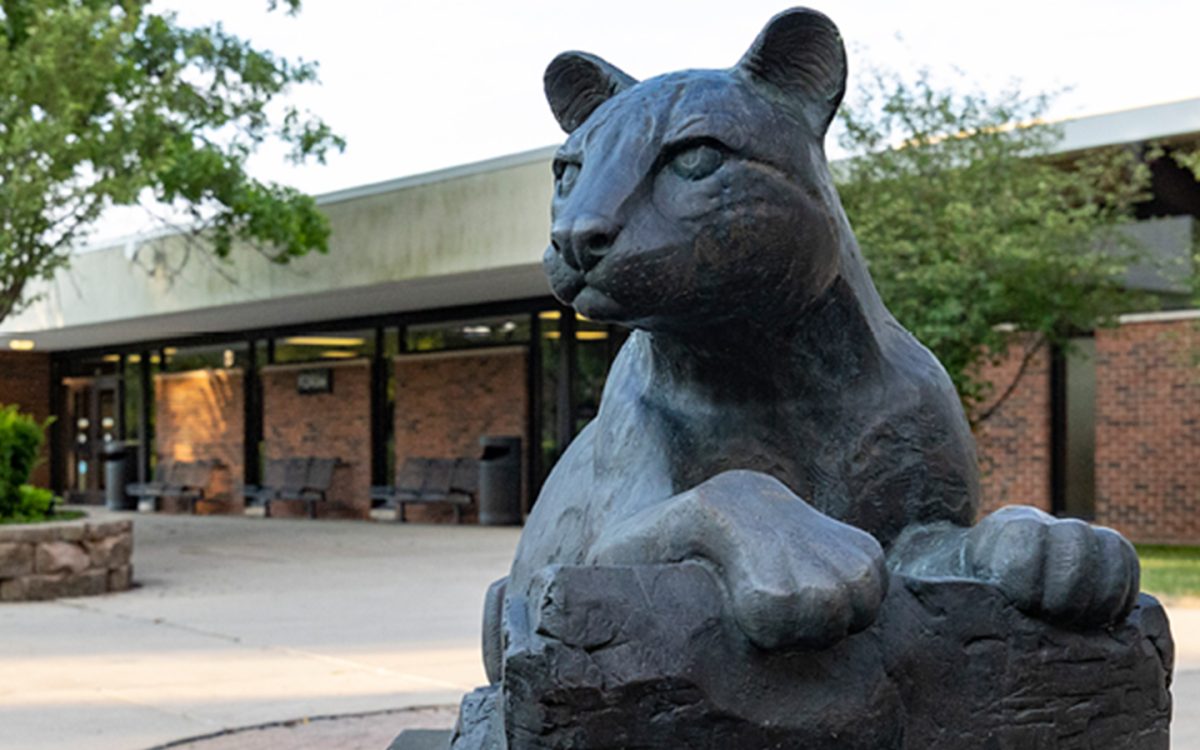Is boycotting palm oil really environmentally viable?
by Chantele Fox, News Editor
Long being used in every day products such as cosmetics, shampoos, toothpaste, noodles and more favorably, Nutella, palm oil has since become a global fad in the face of consumerism. This popular industry has thus used the grip of its destructive palm to alter natural habitats and according to Orangutantrekkingtours.com, is responsible for the death of nearly 50,000 orangutans on the islands of Borneo and Sumatra.
Joe Fessler of Smithsonian.com writes, “The $40 billion palm oil industry is notorious for wiping out rainforests, displacing indigenous peoples, spewing carbon into the atmosphere and driving the orangutan and other animals toward extinction.”
Contrastingly, it has been proposed that boycotting the use of palm oil might actually have a negative effect on the environment. We have access to an exponential amount of content on the internet and TV regarding the negative environmental effects of harvesting palm oil, so why are we now questioning the credibility of its use?
The answer is simple.
As a society we are caught up in the constant net of supply and demand or trying to keep up with the latest dietary fads and way of living. We’ve navigated our way through life, long ignoring the warning label which breaks down the longevity of the consequences that follow our actions.
What is palm oil and how is it harvested?
According to Treehugger.com, palm oil is harvested from the palm fruits which are located tightly bunched between the branches of palm fruit trees. Each individual piece of fruit contains approximately 50 percent of palm oil produced. Further, each piece of fruit is used to produce two different types of palm oil, kernel palm oil and palm oil. Kernel palm oil is derived from the kernel of the fruit, whereas palm oil is derived from the flesh of the fruit.
Palm fruits are harvested by chopping the branches of the trees, allowing the fruit bundles to crash to the ground. Afterward, the fruits are loaded into the back of a truck where it is transported to the steaming facility where it becomes softened for use. “The first step is to ‘cook’ them for one hour with high-pressure, high-temperature steam,” as stated on Treehugger.com. The final step of this process is the production of crude palm oil, with its main use being primarily for cooking.
By now, you might be asking yourself how boycotting this product could produce a negative outcome for the environment?
According to Greenpalm.org, palm oil can be harvested up to one year producing approximately 3.9 tons of crude palm oil and 0.5 tons of palm kernel oil per hectare. While society sees the destructive of natural habitats and the increase of carbon dioxide released, many do not realize the repercussions of boycotting palm oil.
“To produce palm oil in large enough quantities to meet growing demand, farmers across Southeast Asia have been clearing huge swaths of biodiversity-rich tropical rainforest to make room for massive palm plantations,” reads Scientificamerican.com. Continuously, the harvesting of palm oil has been the leading cause of deforestation in Indonesia and other countries near tropical rainforests.
While the numbers previously mentioned might represent a large amount, it’s not the quantity produced more so than it is the techniques implemented to do so. The underlining issue remains that of the harvesting methods being deemed sustainable. In an article collaboratively written by Jack Bicknell, Eleanor Slade and Matthew Strieber of Theconservation.com it was stated that “a recent report by the International Union for the Conservation of Nature, concluded that boycotting palm oil would merely shift – rather than counter – losses to rainforests and wildlife caused by agriculture.
Put simply, boycotted palm oil would need to be replaced by other types of vegetable oil to meet global demand – and that could actually make matters worse.”
This scenario as a whole is more of a rock in a hard place more than anything. On one hand, harvesting palm oil is depleting natural resources and causing disruption in the natural habitats of people and wildlife and on the other, to boycott that very issue is to create an even larger one.
So, what is there to do?
Personally, I am firm believer in doing what’s best for the environment as a whole, but at what cost.
Bicknell, Slade and Struebig of Theconservation.com state, “To help the palm oil industry to safeguard wildlife, conservation scientists are working with certification bodies and producers to improve how palm oil cultivation affects biodiversity. It can be as simple as growing the crop on non-forested areas.”














